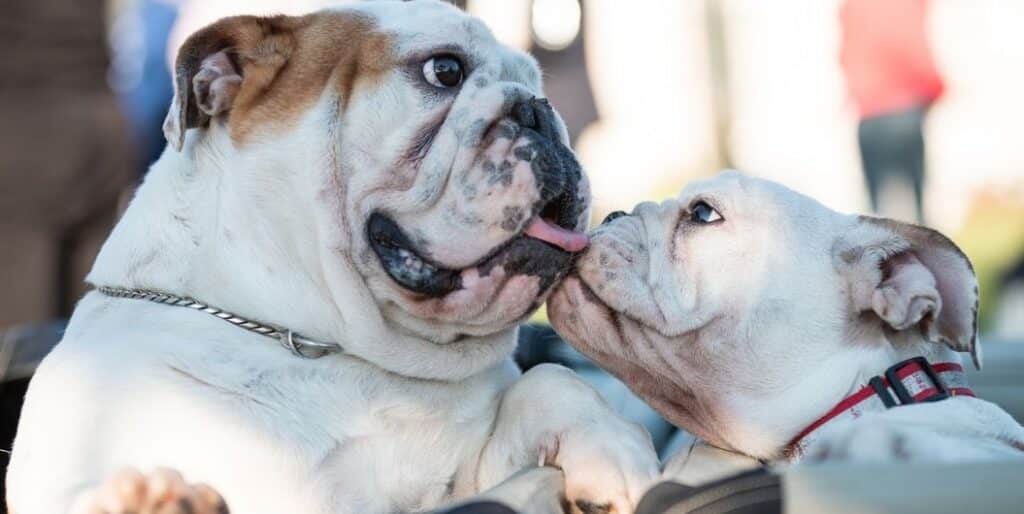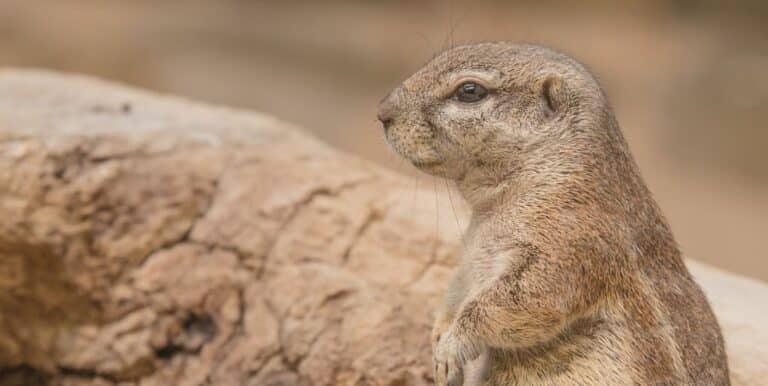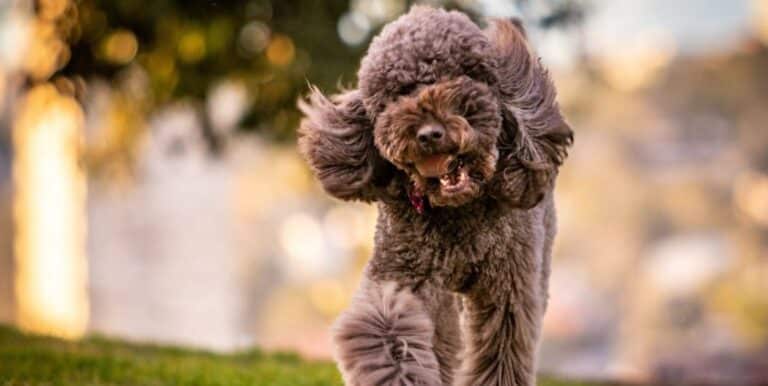What is an English Bulldog?

Contrary to its somewhat ferocious appearance, the English Bulldog is a kind, docile breed that is especially patient and does not demand a lot of physical activity. Bulldogs have existed for centuries, but were reduced in size by adding Pug blood to the breeding process. The dogs also descend from the Bull Mastiff. The resulting English Bulldog is a stocky, short-legged animal with a flattened face, protruding lower jaw and broad shoulders.
These dogs have a variety of colorations, including white, brown, red, fawn and black in various patterns, including piebald and brindle. The average life expectancy of the dog is about eight years, although some live to be 12 or older.
The breed standard for an English Bulldog is 40-50 pounds (about 18-23 kg). The legs are short and bowed, which creates a loose, shuffling, sideways type of gait, known as a Bulldog swagger or roll. The tails are short and straight or screwed; if the bulldog is born with a longer, straight tail, it may be clipped early on. According to breed standard, the ideal ear for an English Bulldog is a rose shape, which is erect and shows the inner part of the ear. The head and face are covered with heavy wrinkles.

English Bulldogs are not very heat or cold tolerant. In climates with hot, humid weather, an owner must take precautions to prevent the dog from heat exhaustion. They are rather quiet dogs, and most do not bark frequently. However, due to the shortness of the face, the dog is known for snoring. The breed can be rather stubborn in nature, but generally, the dogs are very people-friendly and calm.
The breed tends to have a fair number of health problems, mostly due to the breeding process. Their heavy facial wrinkles must be kept dry and clean. Many develop hip dysplasia, knee problems, skin problems, ear and eye problems, and elongated soft palate or other chronic ailments.
In the 13th through 19th centuries, the older variety of bulldog was used to bait bulls. These events became a barbaric sport in England, and betting was involved. A bull would be tethered to a stake and attacked by dogs. The bulldog was especially successful at this sport due to the design of his protruding jaw; he could latch onto the bull’s muzzle until the bull was immobilized. The sport continued until 1835. The resulting traits of loyalty, strength and vigor remain in the modern English Bulldog.






